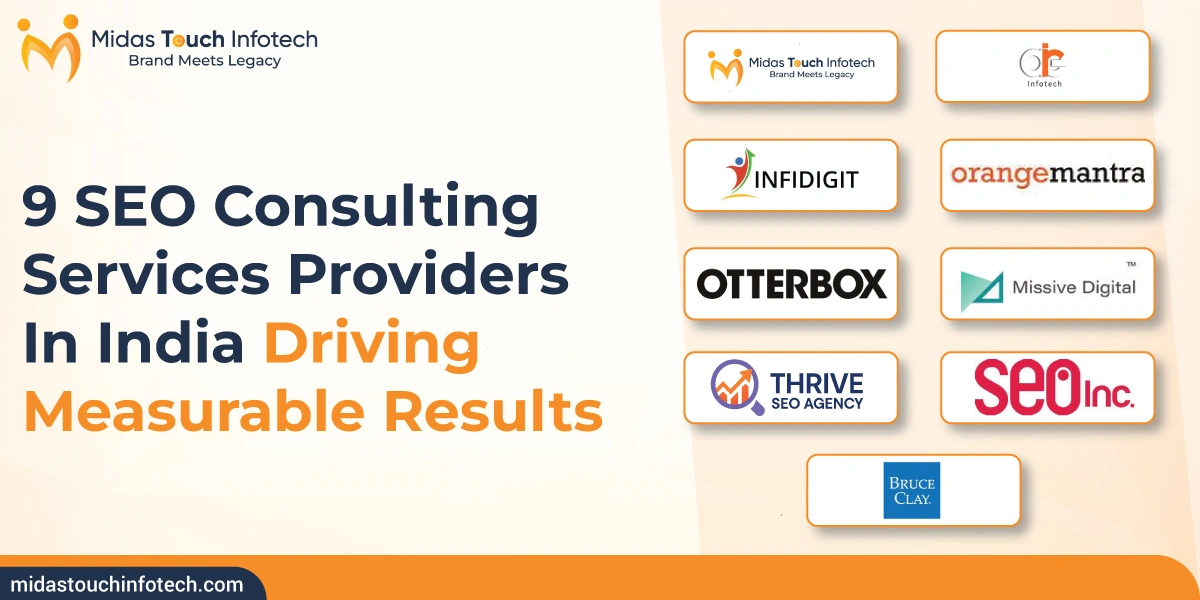
In an increasingly digital world, your website often serves as the first impression of your brand. According to a study by Stanford, 75% of users judge a company’s credibility based on its website design. Furthermore, Google reports that 53% of mobile users will leave a site if it takes more than 3 seconds to load. This reinforces the idea that website design is no longer just about aesthetics—it’s about function, trust, and experience.
Good web design is critical to enhancing user experience (UX), establishing credibility, and boosting conversion rates. Whether you’re a startup or an established enterprise, implementing thoughtful design elements can drastically improve your website’s effectiveness.
In this blog, we’ll walk you through the website design best practices that every business must follow. We’ll explore everything from mobile responsiveness to user-centered layouts and strong CTAs. If you’re considering custom website design services, this guide will help you understand what to prioritize and why it matters.
Web Design Best Practices Every Business Website Should Follow
1. User-Centered Design
a. Know Your Audience
The foundation of effective web design starts with understanding your users. Without insight into who they are and what they need, it’s easy to create a website that looks great but fails to perform.
● Conduct User Research: Use surveys, interviews, and analytics to understand user behaviors and preferences.
● Create User Personas: Develop detailed profiles that represent segments of your audience to tailor content and layout accordingly.
● Define User Journeys: Map out the steps users take from landing on your homepage to completing a conversion goal.
b. Prioritize Usability
A user-friendly site is a high-performing site. Ensuring smooth navigation and functionality is essential for retaining visitors.
● Easy Navigation and Intuitive Layout: Make sure key sections are accessible within three clicks.
● Mobile Responsiveness: With more than 60% of web traffic coming from mobile devices, a mobile-first approach is essential.
● Accessible Design: Incorporate ADA compliance to ensure users with disabilities can access your site.
Modern AI in web design is also revolutionizing how sites are structured, enabling personalized layouts and automated usability enhancements that adapt to user behavior in real-time.
2. Consistent Branding
a. Visual Identity
Your website should reflect a cohesive visual brand. This builds trust and makes your business memorable.
● Use of Brand Colors and Fonts: Stick to a predefined style guide to avoid visual clutter.
● Consistent Logo Placement: Keep the logo in a predictable location—usually the top-left corner.
● Cohesive Imagery and Icons: Use a unified photo and icon style throughout the site.
The branding process should inform all these elements to maintain consistency across digital and offline channels.
b. Tone and Voice
Your website’s content should reflect your brand’s personality.
● Match Website Copy with Brand Voice: Whether it’s formal, quirky, or technical, keep the tone aligned.
● Maintain Consistency Across All Pages: This strengthens your brand identity and builds user trust.
Also Read: AI in Web Design: What It Can (and Can’t) Do for Your Brand
3. Clear and Effective Navigation
a. Simple Menu Structure
Keep navigation simple to avoid overwhelming visitors.
● Limit Top-Level Navigation: Aim for 5–7 main categories to streamline user decisions.
● Use Drop-Down Menus Sparingly: Too many options can confuse users and disrupt the journey.
b. Logical Page Hierarchy
Create a clear hierarchy so users know where they are and where to go next.
● Use Breadcrumbs: They help users understand their current position within the site.
● Provide a Clear Path Back: Ensure users can easily return to the homepage or previous pages.
Following these best practices for website design makes your site more intuitive and user-friendly.
4. Fast Load Times
a. Optimize Assets
Slow websites lose users and lower SEO rankings. Optimize all assets to improve performance.
● Compress Images and Videos: Use tools like TinyPNG or Squoosh.
● Use Modern File Formats: Formats like WebP reduce file sizes without sacrificing quality.
b. Leverage Caching and CDN
Enhance speed with smart backend tools.
● Browser Caching: Store common assets in users’ browsers for quicker access.
● Content Delivery Network (CDN): Use services like Cloudflare to serve content faster by reducing server load.
Following modern website design best practices includes ensuring performance and speed are top priorities.
5. Mobile-First Design
a. Responsive Layouts
A mobile-first approach is no longer optional—it’s essential.
● Use Flexible Grids and Images: Design layouts that adapt to various screen sizes.
● Prioritize Thumb-Friendly Navigation: Ensure clickable areas are easily accessible.
b. Test Across Devices
Your site should function flawlessly on all devices.
● Use Emulators and Real-Device Testing: Tools like BrowserStack can help.
● Ensure Functionality Across Screen Sizes: Don’t forget tablets and hybrid devices.
Best practices for responsive web design ensure your site delivers a seamless experience regardless of device.
6. Strong Call-to-Actions (CTAs)
a. Clear and Action-Oriented
CTAs should guide users toward a desired action.
● Use Direct, Benefit-Driven Language: For example, “Download Free Guide” or “Get a Free Quote.”
● Make CTAs Stand Out Visually: Use contrasting colors and larger fonts.
b. Strategic Placement
Location matters as much as content.
● Above the Fold: Position key CTAs where they’re immediately visible.
● End of Relevant Sections: Reinforce actions once the user has engaged with the content.
CTAs are among the most critical b2b website design best practices for lead generation.
7. SEO-Friendly Structure
a. Semantic HTML
Ensure your site structure is optimized for search engines.
● Use Proper Header Tags: Structure content with H1, H2, H3 tags logically.
● Include Alt Tags for Images: These help with both SEO and accessibility.
b. Optimized Metadata
Every page should be optimized for search visibility.
● Unique Title Tags and Meta Descriptions: Include primary keywords.
● Keyword-Rich URLs: Keep them short, descriptive, and optimized.
These are foundational best practices for web design that contribute to higher rankings and better user experience.
Also Read: How to Choose the Best Web Design Company in Ahmedabad for Your Business
8. Engaging and Valuable Content
a. Focus on Readability
Good content design encourages users to stay and explore.
● Use Short Paragraphs and Bullet Points: Improves scanning and comprehension.
● Apply Clear Typography and Ample White Space: Enhances readability.
b. Keep Content Updated
Fresh content keeps your site relevant.
● Regular Blog or News Updates: This boosts SEO and informs users.
● Remove or Revise Outdated Information: Keeps your site accurate and trustworthy.
When combined with strong design, content becomes a powerful tool in your digital strategy.
9. Trust and Credibility Elements
a. Social Proof
People trust people. Showcase what others say about your brand.
● Testimonials and Reviews: Feature real client quotes and ratings.
● Case Studies and Success Stories: Share measurable results and project details.
b. Contact Information and Security
Make it easy for users to connect and feel secure.
● Visible Contact Details and Forms: Include phone, email, and contact forms on every page footer.
● SSL Certificate and Trust Badges: Display secure payment icons, certifications, and GDPR compliance info.
Trust signals are integral to best practices for responsive web design and greatly impact conversion rates.
Conclusion
Effective web design is a balance of form and function. From user-centered design to fast load times, and from strong CTAs to SEO-optimized structures, these website design best practices are essential for building credibility, increasing engagement, and driving conversions.
Businesses that invest in smart web design see higher returns across all digital channels. Whether you’re launching a new website or refreshing an existing one, now is the perfect time to audit your digital presence.
If you’re located in Gujarat, consider reaching out for website design services in Ahmedabad to work with local professionals who understand your business environment and customer expectations.
Now that you’re equipped with the essentials, it’s time to implement or consult with an expert for a website that not only looks good but works hard for your business.





